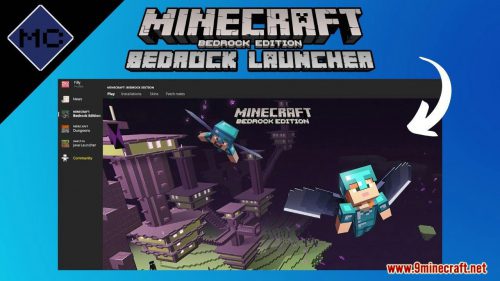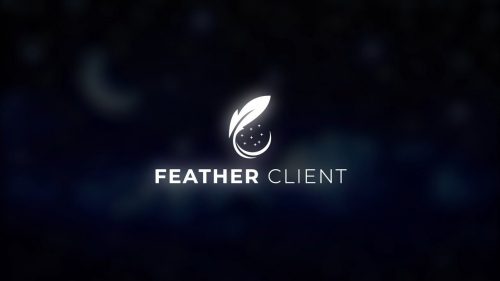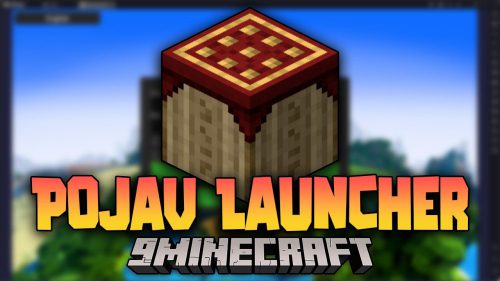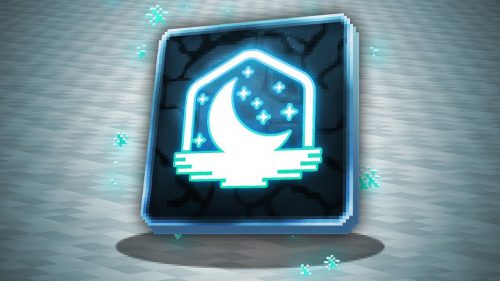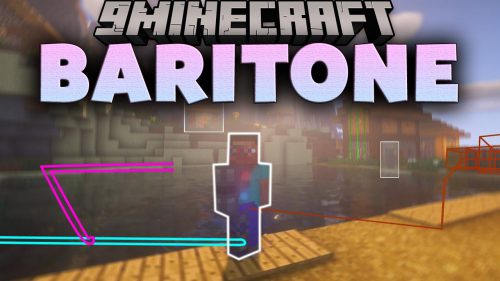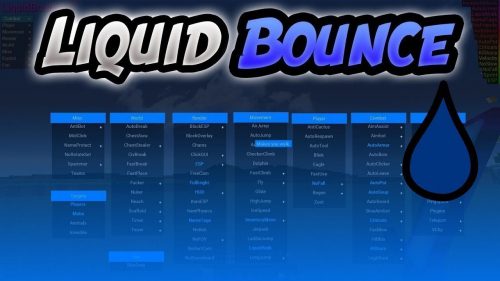Every Type Of Wood Plank And Where To Get Them
 993
993
 0
0
 September 1, 2023
September 1, 2023
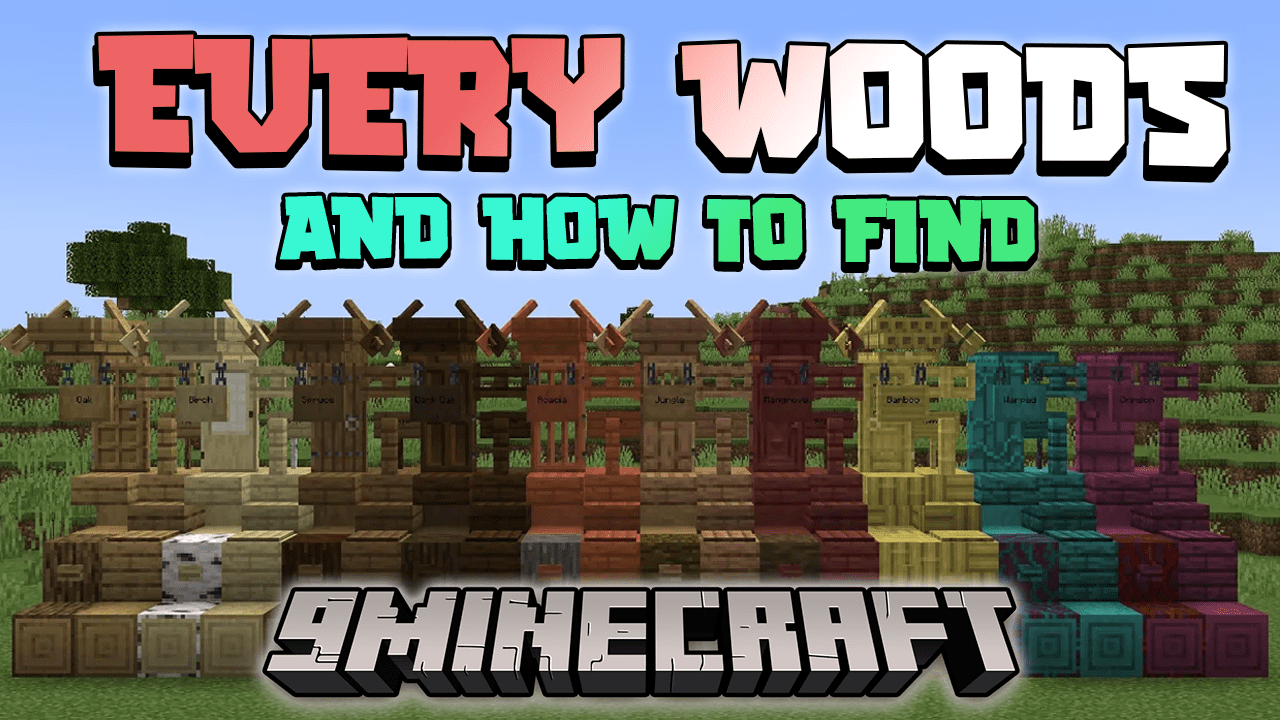
Wood Planks are fundamental elements in Minecraft, available in a variety of types. Here’s where you can find each type of Wood Plank:
Wood Planks are the cornerstone of almost everything in Minecraft. They’re the first item you should collect and are essential for crafting basic tools, shelters, and as an early fuel for smelting.
Even when you reach the endgame, you’ll still need Wood Planks to craft Netherite tools. Whether for practical or aesthetic reasons, you’ll want a constant supply of Wood Planks filling your storage chests. This is an overview of all the different types of Wood Planks in the game, where to get them, and which plank you might want to use.
Wooden planks are likely one of the first resources you’ll gather when playing Minecraft, as you need four of them to create a crafting table. But these blocks are also used to construct structures or decorate buildings, and you’ll need to use every type of wood to create the most visually appealing creations. In this list, we’ve identified all types of planks in the game to give you an idea of what your options are. However, Minecraft is a game that’s constantly updated. In The Trails and Tales update, Cherry Blossom Trees and Bamboo Wood were added to the game, introducing two new types of planks. As such, we’ve included these new wood types in the list.
1. Bamboo
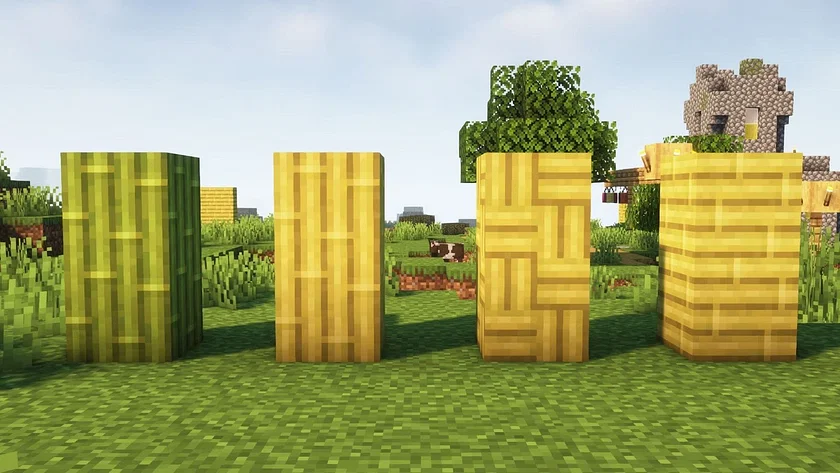
Bamboo has been a part of Minecraft for a while, but it’s only recently been updated to include a variety of building blocks that you can use to construct different structures. Specifically, you can now craft Bamboo Blocks, which function just like regular wooden planks, and you can even strip these bamboo blocks to alter their color.
To locate Bamboo, look around Jungle biomes, where you might find small clusters of the plant growing. Additionally, as you explore your Minecraft world, you might stumble upon a Bamboo Forest, which is characterized by large groupings of these tall plants.
2. Mangrove
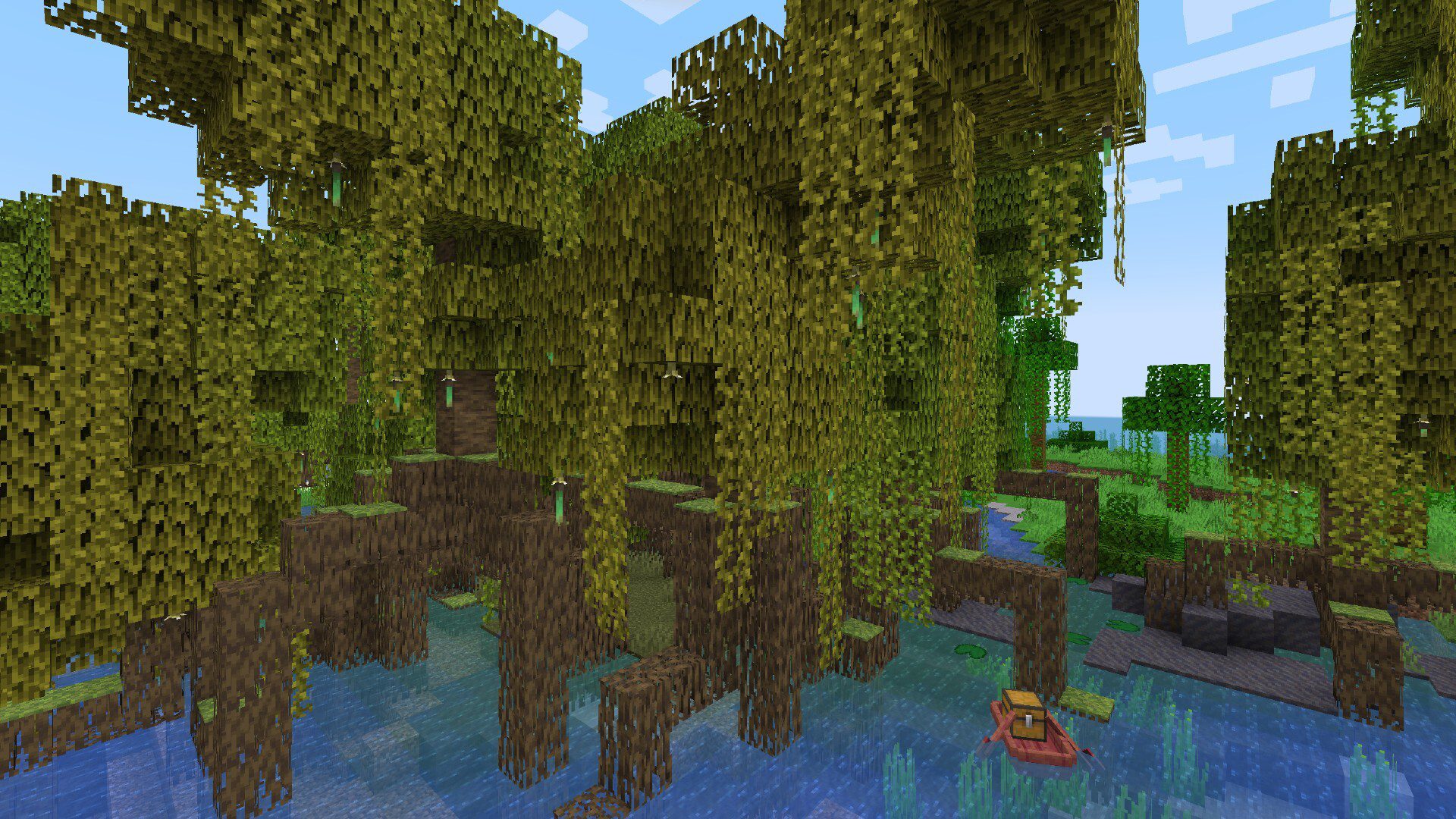
Mangrove trees may not be a common sight in the game, as they are specifically found in the appropriately named Mangrove swamps. These trees stand out visually due to their substantial amount of leaf blocks, forming a large canopy at the top.
Another distinctive feature of these trees is the long roots that extend from the bottom and connect to the ground. At times, these roots may be the tree’s only connection to the ground, requiring you to climb to access the logs before converting them into planks.
3. Oak

Oak Wood Planks are the most common type of Wood Planks in Minecraft due to the prevalence of Oak trees. There are three varieties of Oaks: standard Oak, Fancy Oak, and Swamp Oak. Despite their varying shades and colors depending on the biome, all yield the same type of Wood Plank.
Oak trees can be found in numerous biomes, including Bamboo Jungle, Dark Forest, Forest, Jungle, Jungle Edge, Plains, River, Savanna, Swamp, Wooded Badlands Plateau, and Wooded Mountains. Given their presence along Rivers and in Plains, you’re likely to find at least one Oak tree in almost every biome in the game. Farms for Oak trees can be quite beneficial as they produce Apples in addition to Oak Wood Planks. However, it’s recommended to enforce standardized growth for efficiency.
4. Birch
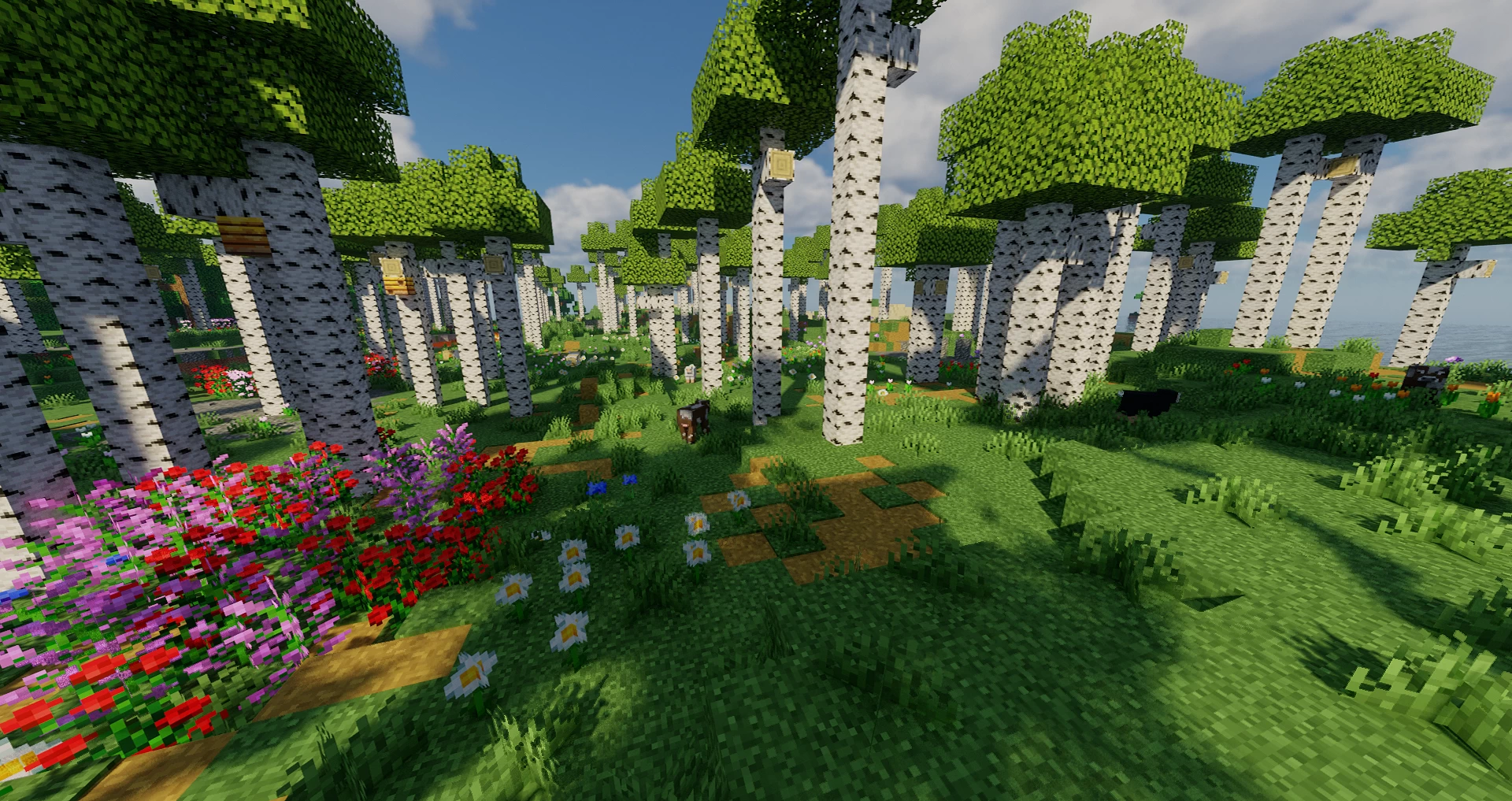
Birch trees are less common than Oak, appearing only in a select few biomes. There are two kinds of Birch trees: the standard-sized Birch and the infrequently seen tall variant. Both can be processed into the same Birch Wood Planks.
Birch trees are exclusively found in three biomes: Forests, Birch Forests, and Dark Forests. Forest Biomes are typically more prevalent and offer the best source of Birch trees. They’re also excellent for tree farming due to their rapid growth rates, although they only yield Wood Planks and Saplings.
5. Jungle
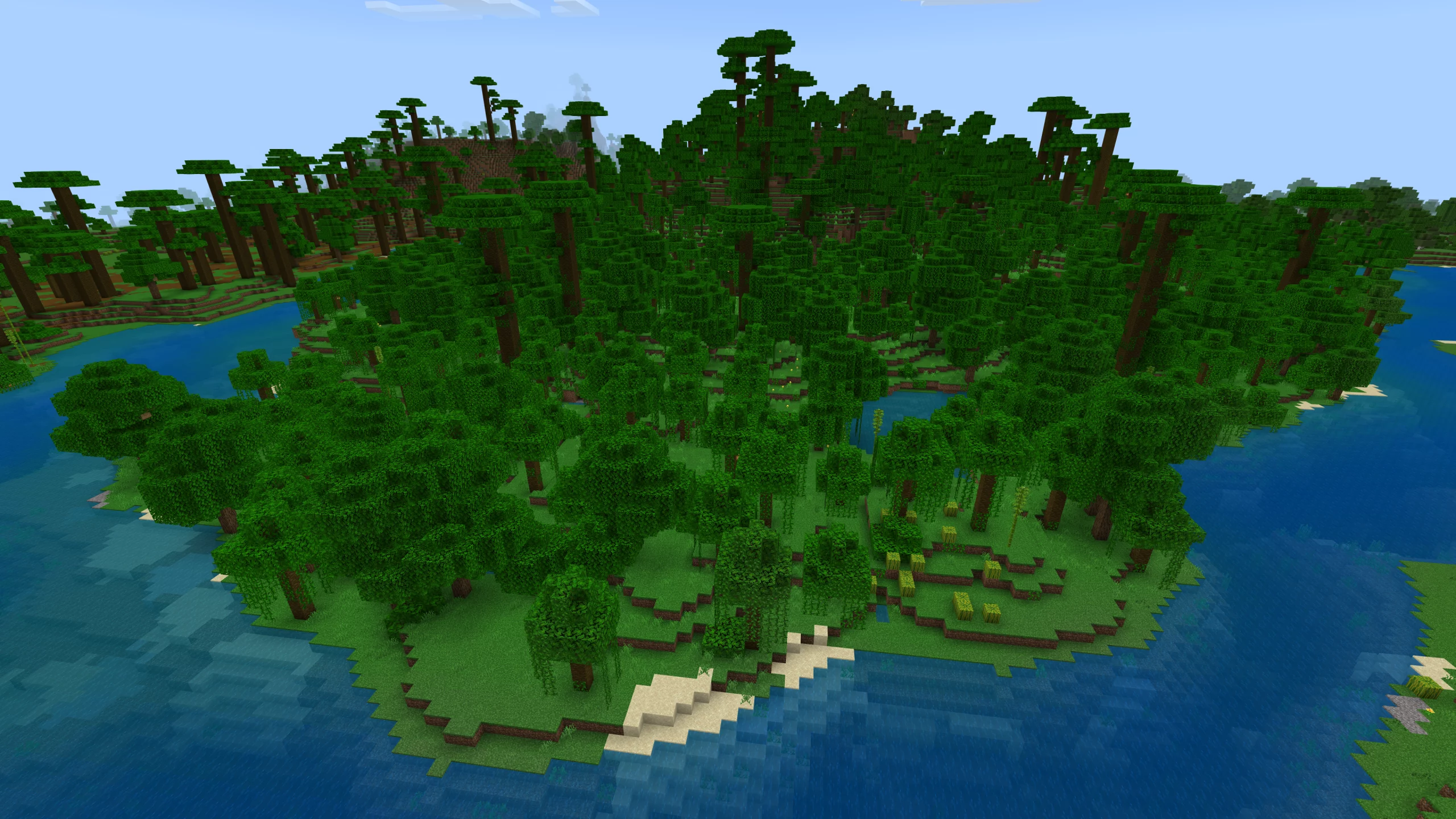
Jungle Wood Planks are derived from Jungle trees, which are only found in a limited number of biomes. There are three kinds of Jungle trees: standard Jungle trees, Mega Jungle trees, and Jungle Bushes. Standard Jungle trees are roughly the same size as Oak, Mega Jungle trees can grow up to 30 blocks tall, and Jungle Bushes typically consist of one or two logs on the ground.
Jungle trees are located in the Bamboo Jungle, Jungle, and Jungle Edge biomes. Mega Jungles, due to their size, are the best source of Wood Planks, but they don’t appear in Jungle Edge biomes. While Jungles might be rare, discovering even a single tree can supply a player with a substantial amount of Wood Planks. Pursuing Jungle trees is also worthwhile for starting a Coca Bean farm.
6. Spruce
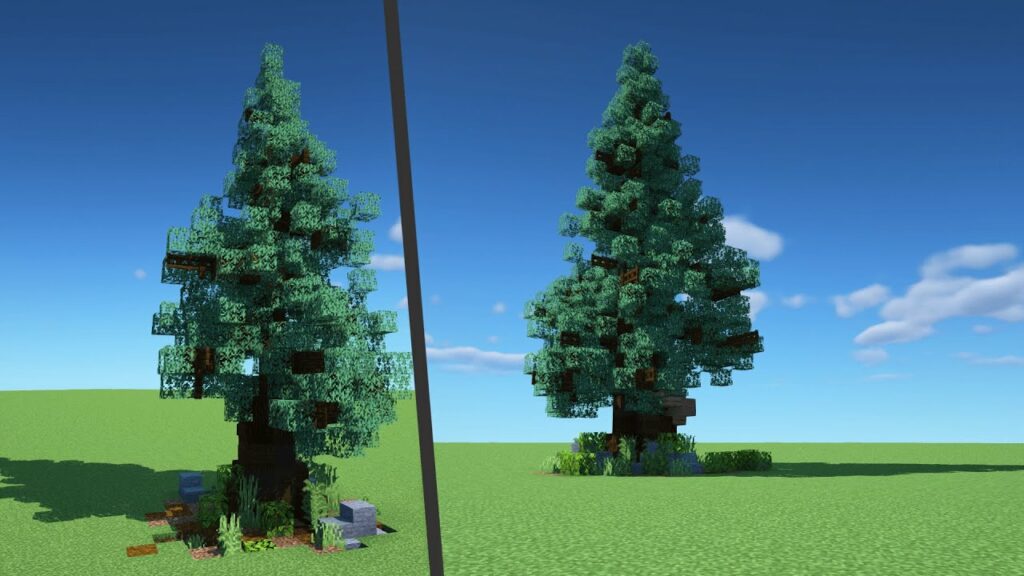
Spruce trees are quite common and can be found in several biomes. They typically grow in areas where Oak trees do not, making them a good alternative. There are four types: standard Spruce, Mega Spruce, Pine, and Mega Pine. Due to their size and generally sparse foliage, Mega Spruce trees are ideal for tree farms to source Wood Planks.
Spruce trees can be found in the Giant Spruce Taiga, Giant Tree Taiga, Snowy Mountains, Snowy Taiga, Snowy Tundra, Taiga, and Wooded Mountains biomes. Standard Spruce appears in all of these biomes, while the Mega versions are only found in Giant biomes.
7. Dark Oak
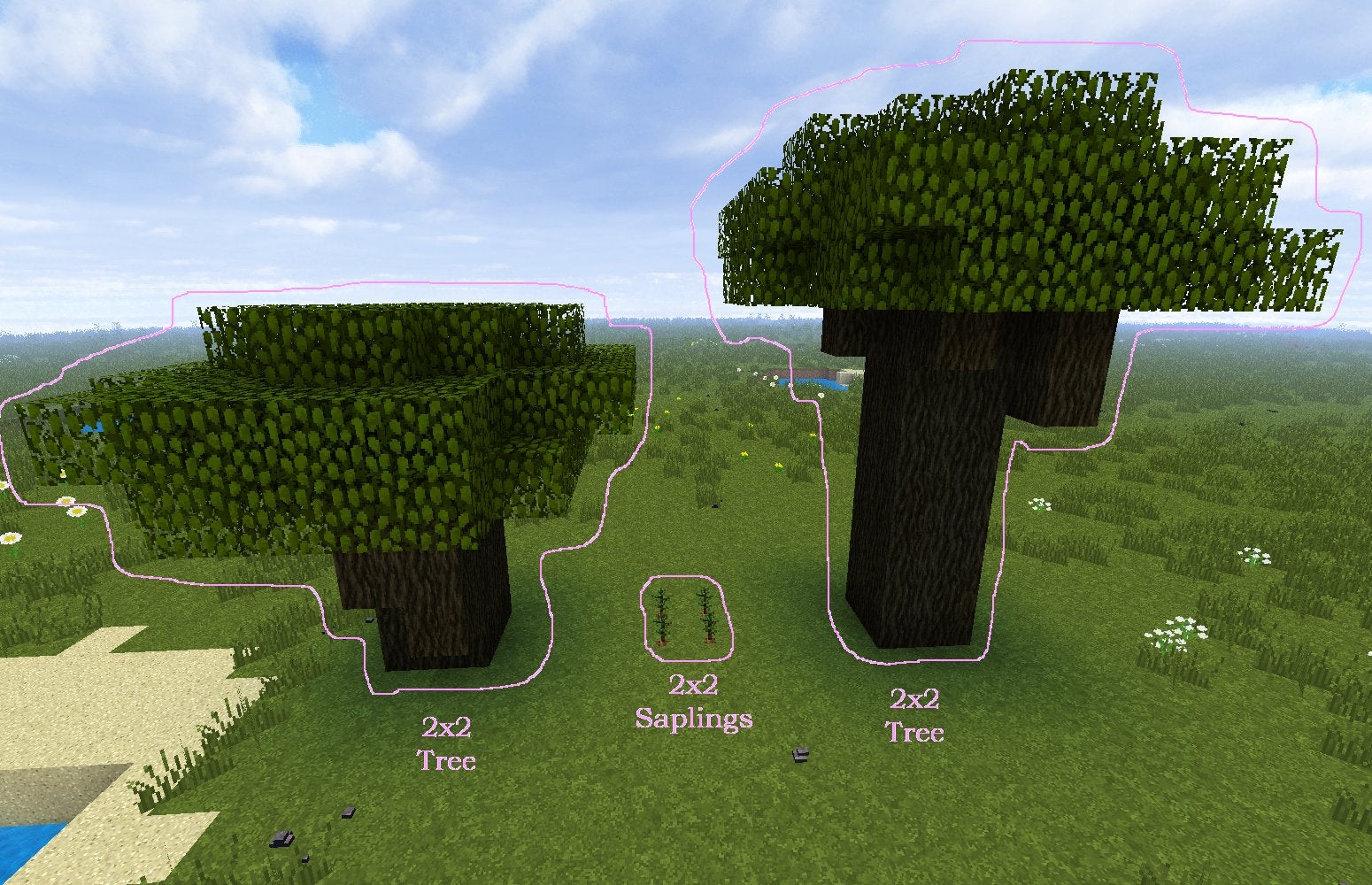
Dark Oak trees are arguably the rarest trees in the game and pose a significant challenge when it comes to efficient farming. This is primarily because Dark Oaks necessitate four Saplings for growth and typically yield an average of four to six Saplings per tree. However, they do produce Apples, which might make the effort worthwhile. They are available in a single standard variant.
Dark Oak trees exclusively grow in the Dark Forest biome. Finding a Dark Forest biome might require some exploration. However, it’s worth noting that Woodland Mansions are uniquely situated in Dark Forests, so this biome can be located using a treasure map.
8. Acacia
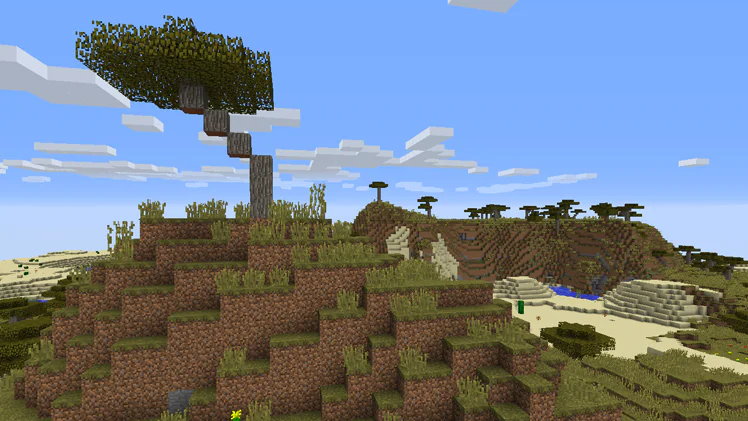
Acacia trees are less common than Oak trees, but not as rare as Dark Oak. Their peculiar growth patterns can make tree farming a challenging task. However, their distinctive reddish hue makes for an attractive Wood Plank. They come in three variants: standard Acacia, multi-canopy Acacia, and straighter Acacia. The growth of a particular variant is entirely random and cannot be influenced significantly.
Acacia trees are exclusively found in the Savanna biome, which is roughly as rare as the Plains biome. There’s no standard in-game method to locate a Savanna biome, so exploration is necessary. Given their growth patterns and the limited resources they provide apart from Wood Planks and Saplings, Acacia trees are not typically recommended for tree farms.
9. Crimson Stem
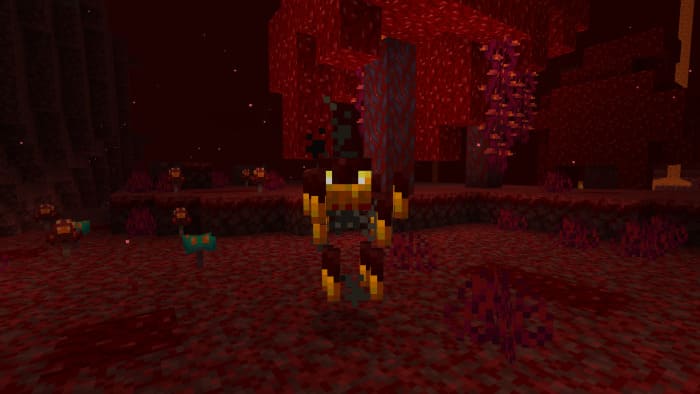
Crimson Stem is a distinct type of Wood Plank derived from the Huge Crimson Fungus. It boasts an appealing purplish-red color. The Huge Crimson Fungus comes in only one variant. A tree farm can be established by applying Bone Meal to Crimson Fungus on Nylium.
Crimson Stems from Huge Crimson Fungus are exclusively found in the Crimson Forest. The Crimson Forest is a unique biome situated solely in the Nether, so discovering one involves venturing into this perilous realm. These can be useful if you’re residing in the Nether or simply desire Wood Planks of this unique color.
10. Warped Stem
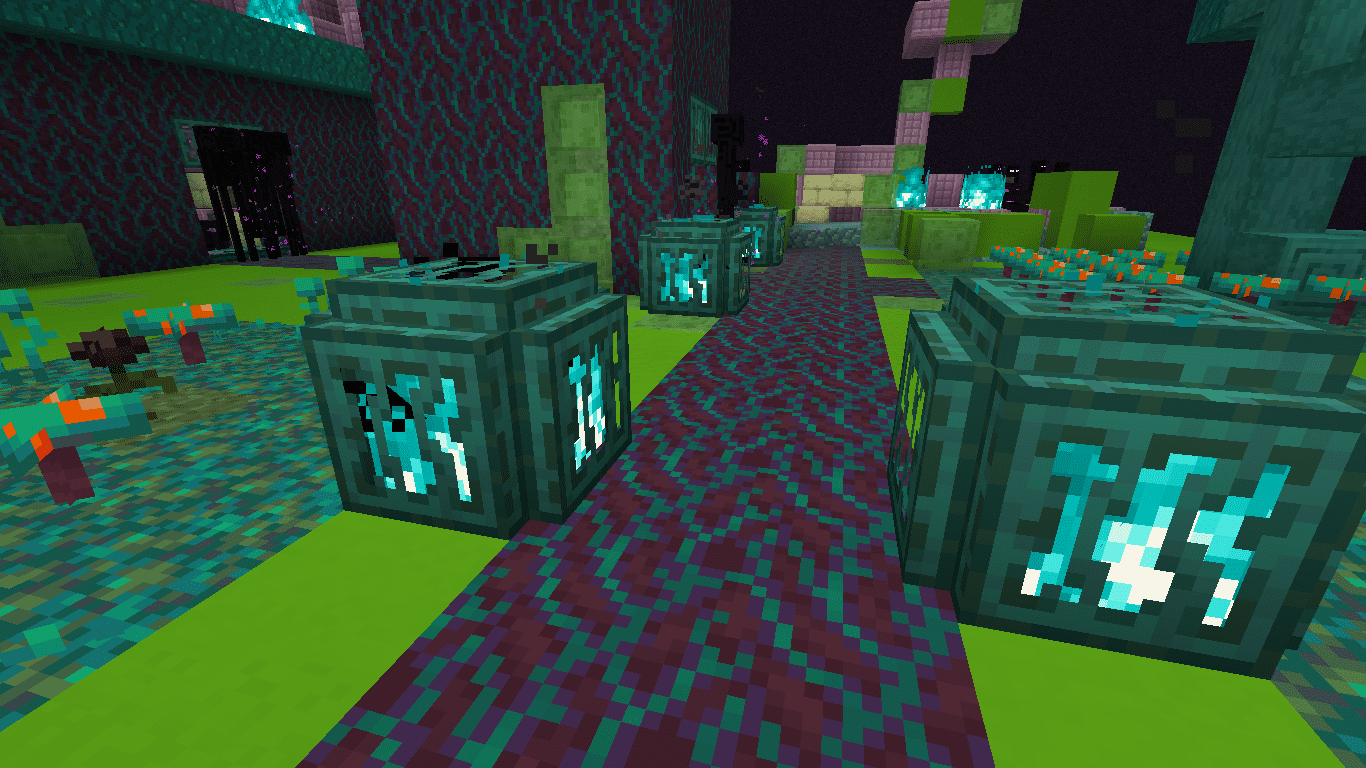
Warped Stem is another type of Wood Plank found in the Nether realm of Minecraft. It originates from the Huge Warped Fungus and exhibits a bluish-green hue. You can cultivate your own in a tree farm by applying Bone Meal to a Warped Fungus or Warped Nylium.
Similar to Crimson Stems, Warped Stems are only found in the Nether, specifically in the Warped Forest biome. To locate this biome, you’ll need to navigate through the hostile environment of the Nether. They’re a viable choice if you’re residing in the Nether or if you’re seeking Wood Planks with a unique color.
11. Cherry Blossom
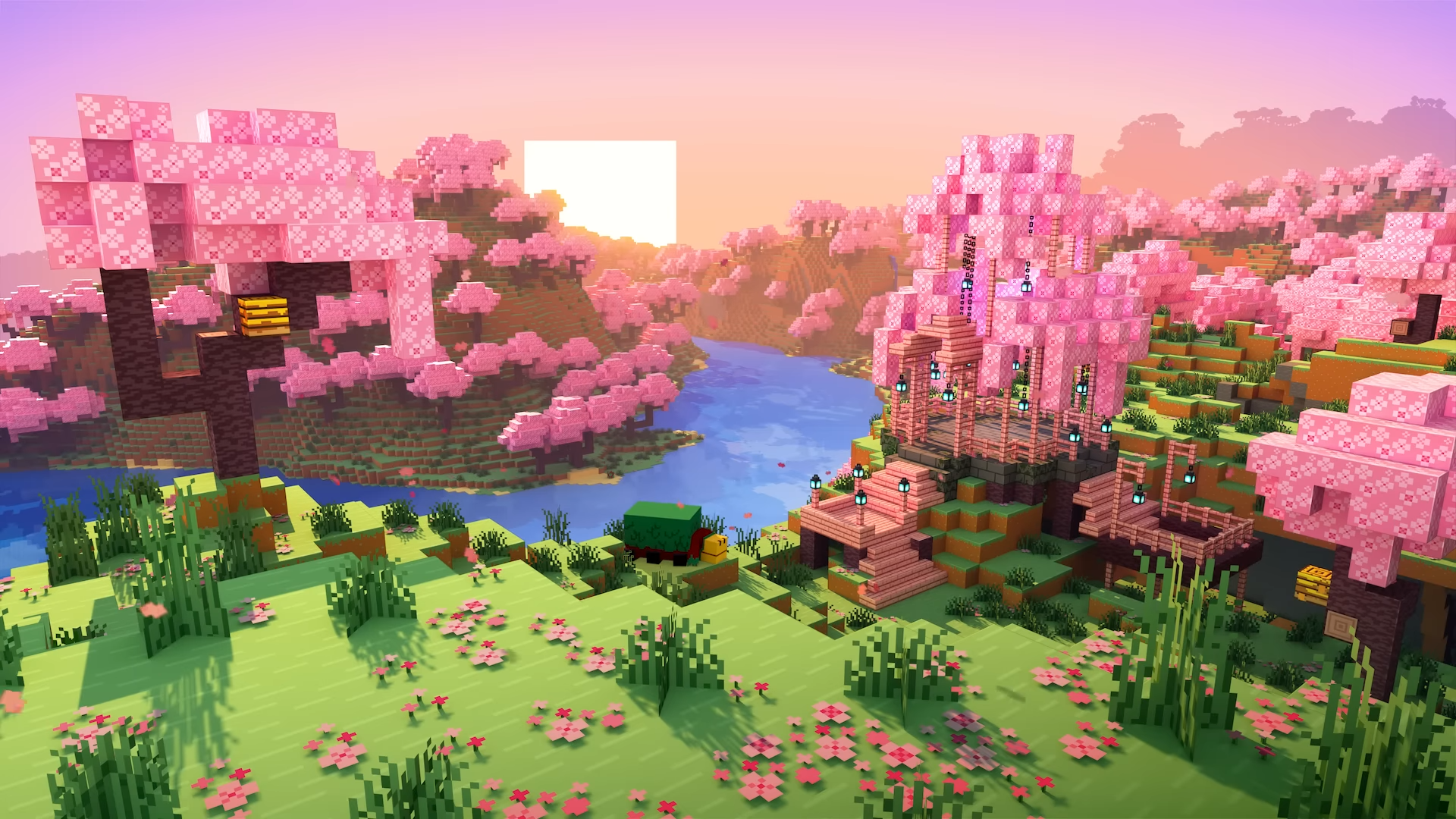
Cherry Blossom trees have been a highly sought-after wood type by avid players of the game, and once you discover the new Cherry Blossom biome, it’s easy to understand why. These captivating forests are strewn with pink petals, offering a charming ambiance and providing you with an abundant supply of vibrant pink wood.
Unfortunately, there’s no guaranteed method to locate these pastel forests, so exploration and a keen eye for the color pink are your best bets if you’re interested in building with this wood.




